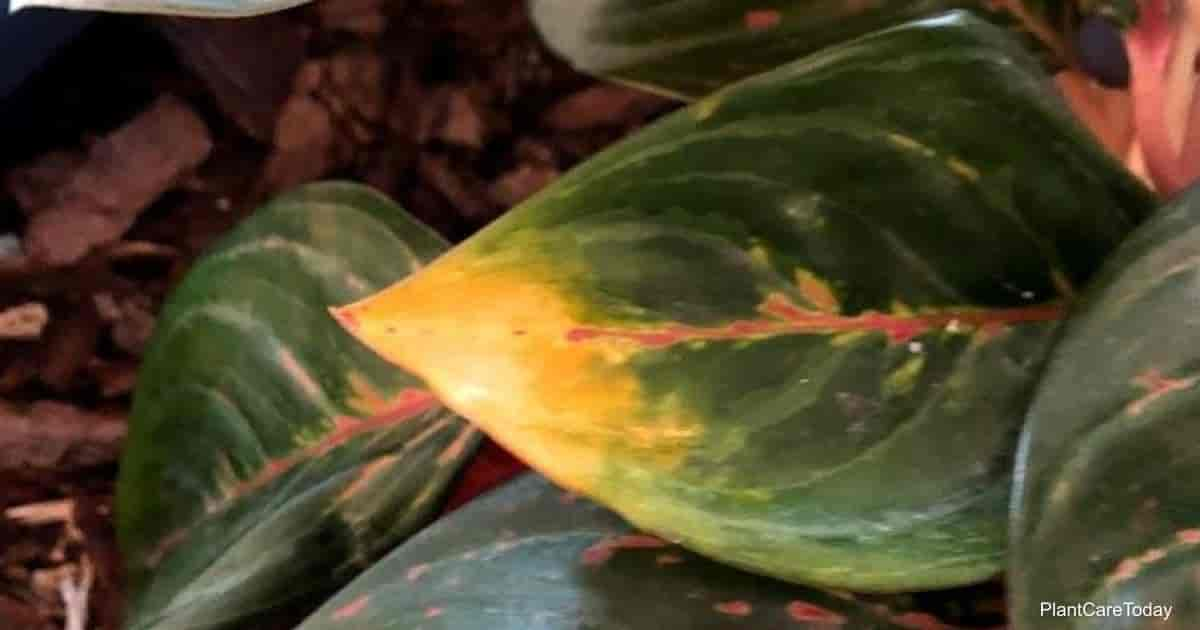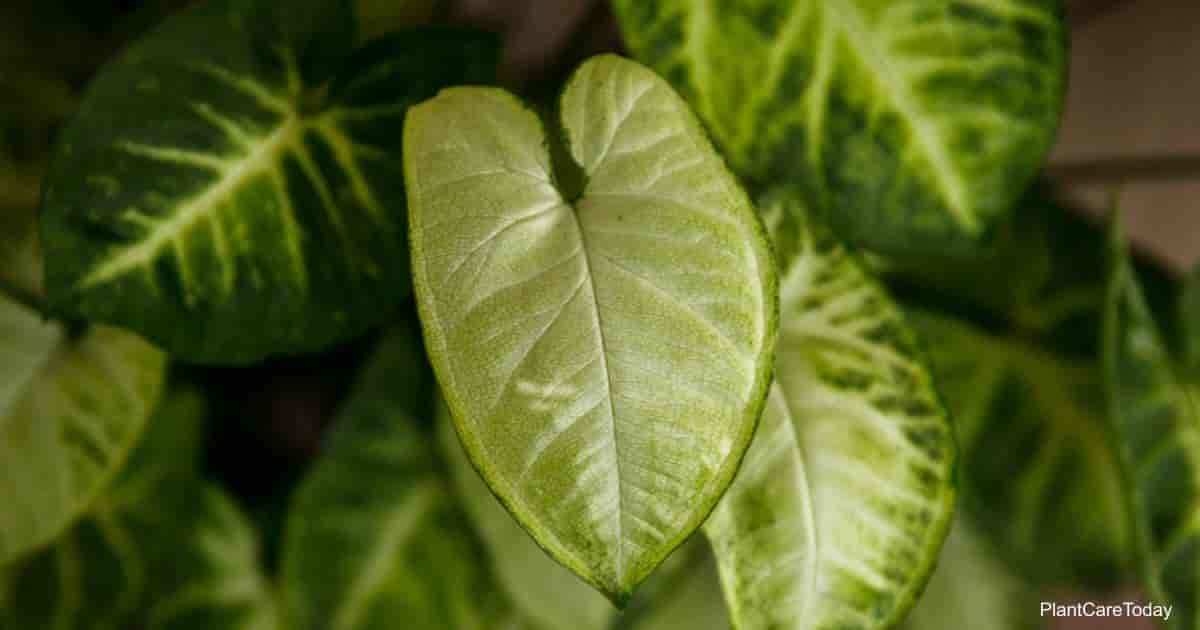A lot of plants go through an identity crisis due to flaws in botanical naming conventions.
However, the close resemblance of Monstera standleyana (mon-STER-uh stand-lee-AY-na) to philodendrons has led to it being constantly misnamed by garden centers and sellers.
As a result, this perennial member of the Araceae family has been called Philodendron’ Cobra’ and Philodendron standleyana.
This variety of Monstera hails from Central America and northwest Columbia and has little to do with philodendrons beyond its visual cues.
It’s perhaps better known as the five holes plant among its fans.
Five Holes Monstera Standleyana Plant Care
Size & Growth
Despite being a slow grower, this plant grows up to 20′ feet tall when properly supported.
However, it usually only reaches a height of 2′ to 5′ feet indoors and may be as wide as 2′ to 3′ feet.
The upright, alternating leaves grow between 6 and 9″ inches long and 5″ inches wide.
They’re known for having creamy yellow variegation, which may only appear on a few leaves or cover the plant.
What sets this monstera apart is the way that no two leaves are alike in their coloration while also being windowed, hence the nickname of “five holes plant.”
This plant has three natural variations that allow for fans of these plants to get even more out of their monstera:
- Monstera standleyanaalbo Variegata, which has white specks and some white discolorations on portions of the plant
- Monstera standleyana Yellow, who sports yellow to cream speckles and stripes, with some leaves mainly being yellow
- Monstera standleyana White, which boasts white speckles on the stems and leaves.
Flowering and Fragrance
It’s infrequent for this plant to flower outside of its native habitat.
Light & Temperature
Your five holes plant is variegated, meaning it needs adequate light to ensure the colors won’t fade.
However, it’s also a forest species, so too much direct sunlight will cause the leaves to curl and become brittle.
Ideally, you’ll want to put this plant in bright, indirect sunlight or a spot where it gets morning light and partial shade in the afternoon.
You will also need to ensure it gets enough humidity, preferably moderate to high levels.
Kitchens and bathrooms are both great places to grow this plant.
You can augment its local humidity levels using a pebble tray or humidifier.
These Monstera plants will grow outdoors in USDA hardiness zones 9a to 11b but may suffer slower growth at the northern portions of this range.
Indoors, aim for an ambient temperature range between 65° and 75° degrees Fahrenheit, although it can handle slightly warmer temperatures.
Avoid anything below 65° degrees Fahrenheit Fahrenheit, as this can slow the plant’s growth or cause it to go dormant.
Watering and Feeding
Water the plant when its soil is dry 1″ to 2″ inches down, using room temperature distilled water or rainwater.
Go slowly and evenly until you see water beginning to seep out of the drainage holes.
Note that this plant can be watered from below, although you’ll need to ensure it isn’t left in standing water if you do so.
Watering from above is preferable, as this helps flush mineral waste from the soil.
Always cut back on watering in the winter.
Use a diluted, balanced liquid houseplant fertilizer monthly in the spring and summer, cutting back in the fall and winter.
Alternatively, you may choose to use a slow-release formula once per month.
Soil & Transplanting
As with many tropical plants, this monstera loves loose, organically rich soil with good drainage.
Aim for a good cactus or orchid potting mix, amended with a bit of coarse sand or perlite to ensure it won’t compact.
A good mix is 1 part each of orchid bark and perlite to 2 parts soil.
The pH should be between 5.0 and 7.5, and any support pole should be wrapped in jute or be mossy to provide proper nutrients.
A layer of mulch or compost will not only help provide support but can help reduce feeding needs.
Your monstera will also need repotting when you see roots beginning to peek out of its drainage holes.
This can be as often as every 6 months to a year for young plants, but mature ones will usually only need repotting every 2 years.
When possible, try to repot in the spring, and only go one size bigger on the pot, so you don’t stress the roots.
You can use this time to check for root health and prune away any damaged or diseased roots.
Grooming And Maintenance
Prune away any dead or diseased leaves as needed, and wipe the leaves down weekly to ensure they can get enough light.
Monstera Standleyana Propagation
While this plant can be propagated by air layering, the best method is stem cuttings during spring.
As with many other plants, you can use water instead of soil during cultivation.
Philodendron Standleyana Pests or Diseases
This monstera is susceptible to a few common pests, such as aphids, mealybugs, and spider mites.
However, it is especially plagued by cottony cushion scale and red spider mites. Treat with Neem oil or insecticidal soap.
As for infections, it can develop secondary infections such as sooty mold when infested, but otherwise will only be threatened by leaf spot and root rot from waterlogged soil.
The plant is considered toxic when ingested to both humans and pets, so it should be kept out of reach of little paws or hands.
Monstera Standleyana Uses
This ornamental plant loves to climb, making it a great option for the sides of shelving or trellises.
It will also fare well when placed in hanging pots, either cascading over the sides or climbing up a support pole.
While under perfect conditions, it can produce showy blooms, this is so rare that the plant is mainly collected for its windows and colorful foliage.
Credit : Gary Antosh (https://plantcaretoday.com/monstera-standleyana.html)





